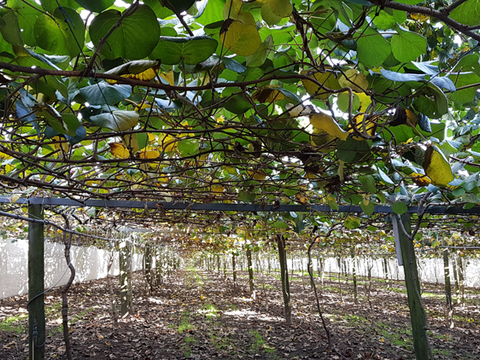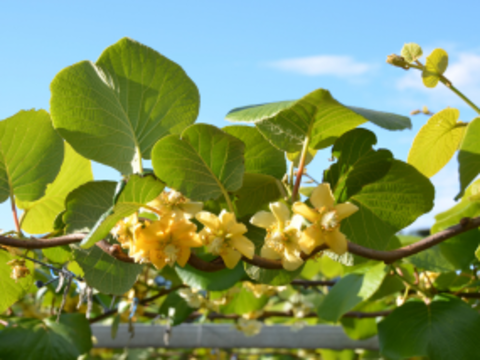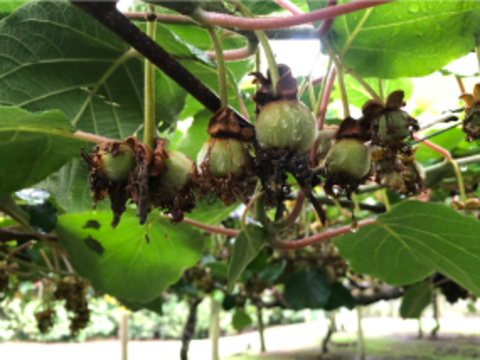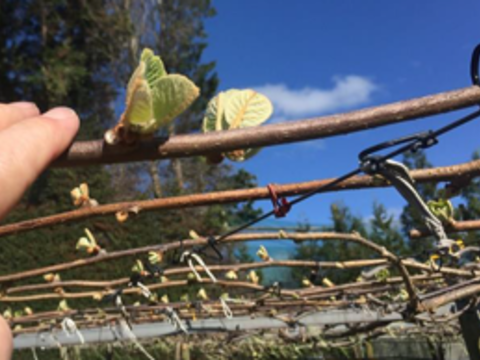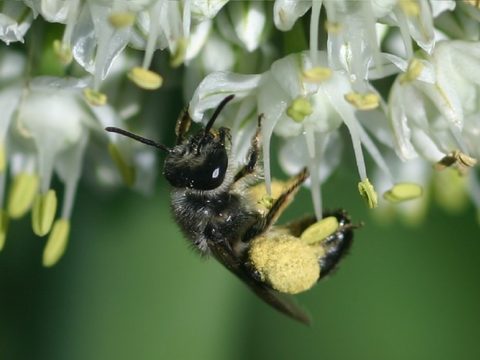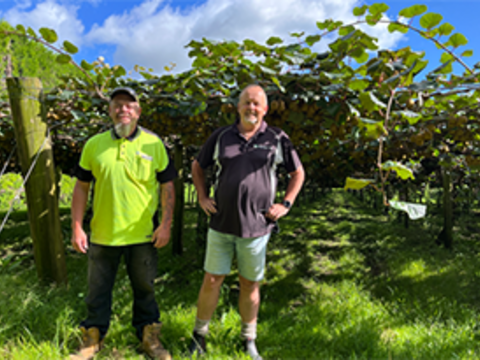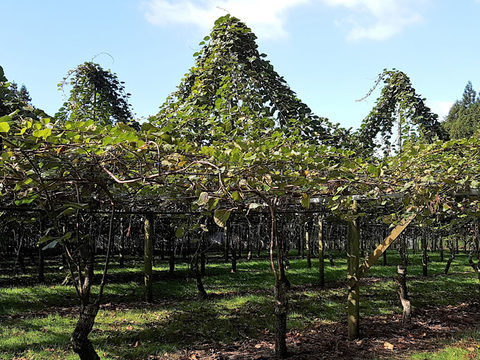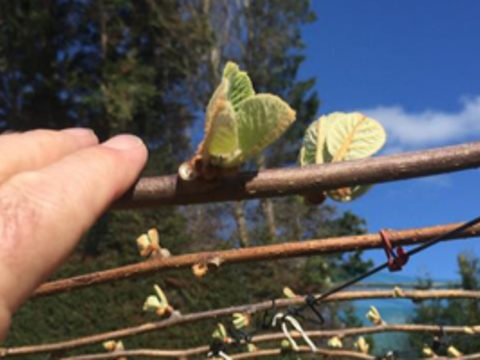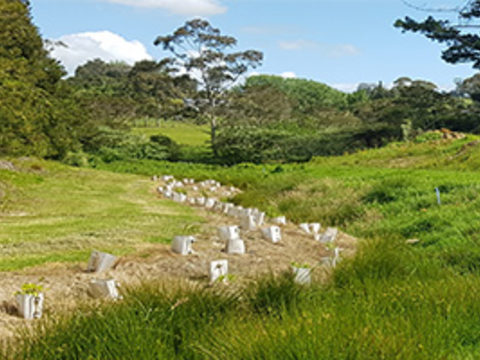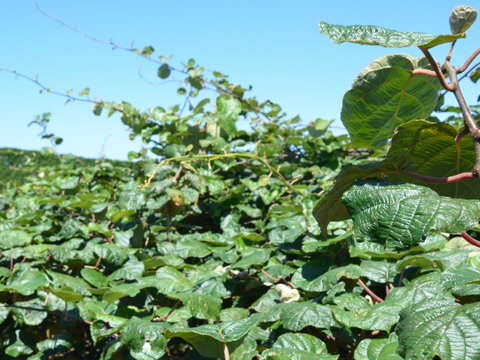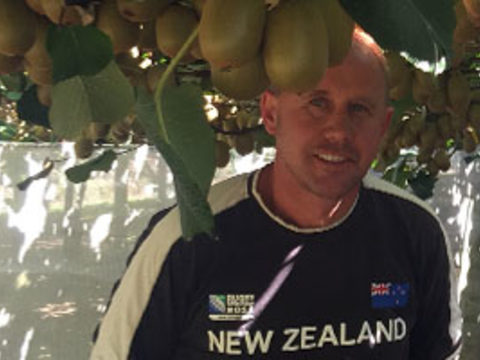Richer diversity at Operation Pollinator™ sites
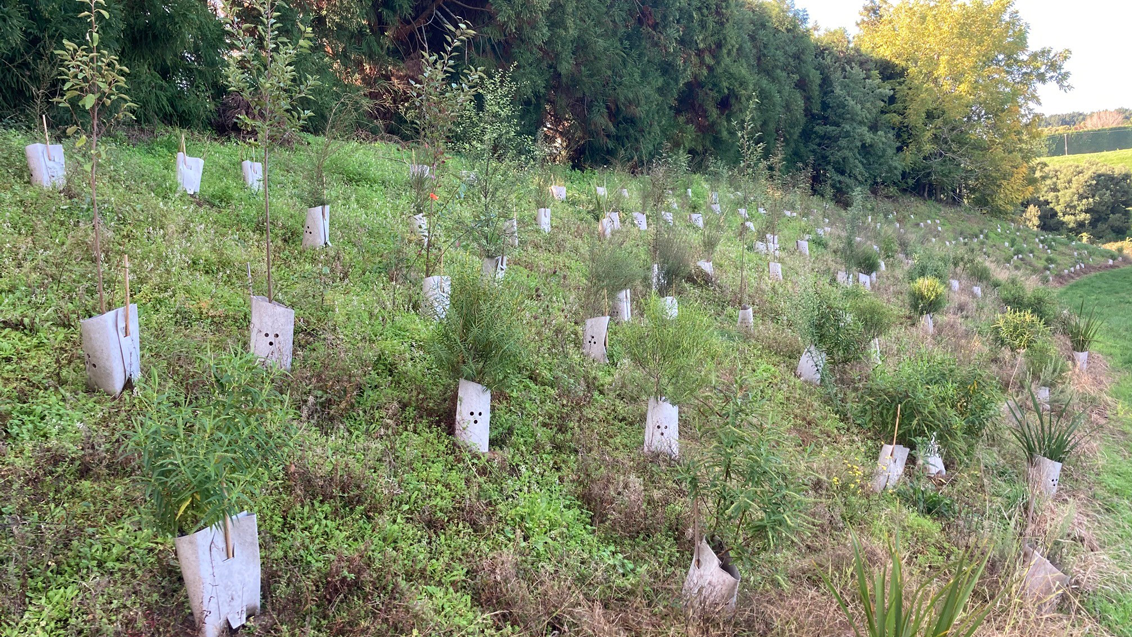
The third season of window trap and observation surveys in the Operation Pollinator™ project clearly indicate that planting native species near kiwifruit orchards provides a habitat and resources for a greater diversity of insects, including insects known to pollinate kiwifruit.
Observations are taking place on kiwifruit orchards, with and without (control) nearby diverse native plantings, which provide additional food and habitat for various pollinators and beneficial insects. The native plantings were selected from evidence-based planting lists for different regions to suit local conditions, availability and length of flowering period while avoiding plant species known to support key pests of kiwifruit, including passion vine hopper.
Although native sites are at an early stage of development, the results suggest a growing presence of species diversity and the number of these insects, despite the regular placement of honey bee hives in the orchards.
Both Bay of Plenty orchards with native plantings recorded higher species richness than control orchards in two of the three years since native plants were established.
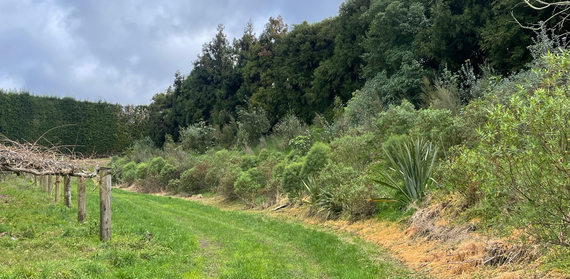
In Northland, both observation and window trap surveys recorded higher pollinator species richness at the planted block compared to the control block.
“Surveys to date have been conducted at the early stages of native planting establishment,” says Raeleen Watherston of Syngenta New Zealand. “The selected native plant species in the Operation Pollinator™ trials are perennial and some, such as flax and cabbage trees, can take three or more years to reach maturity and flower.
Plant & Food Research team expectations are that as plants mature and floral resources develop, a greater diversity of wild pollinating species will be supported within orchard blocks. They have observed that the native plantings are competing with weed species, which has probably affected their development.”
The non honey bee pollinators observed in the trial blocks include the native bee Lasioglossum sordidum and four non-bee pollinators: the March fly Dilophus nigrostigma, the large hoverfly Melangyna novaezelandiae, the small hoverfly Melanostoma fasciatum (both of which have larvae that feed on soft-bodied pest insects), and the common dronefly Eristalis tenax.
This season, Syngenta enlisted the help of the Fruitfed Supplies Crop Monitoring team to monitor the two Bay of Plenty sites. Training and resources were supplied by the Plant & Food Research team, led by Dr Brad Howlett from Lincoln, who had previously conducted the monitoring.
Fruitfed Supplies Crop Monitoring coordinator Anton Herselman describes the Operation Pollinator™ project as "a great chance to learn more about a range of beneficial pollinator insects which are so important to pollination and production within the orchard. Our teams would normally be focused on insect pests that cause production loss and damage within the orchard or offer beneficial insects that provide predatory control of pest insects.”
What next?
Syngenta NZ plans to continue monitoring the Operation Pollinator™ trial orchards for pollinators and beneficial insects as the planted sites continue to mature.
Want to know more?
If you are considering planting in your orchard, the trial planting guide is available in the Zespri “Plants with Purpose – A guide for native and shelterbelt planting on NZ kiwifruit orchards” or contact Syngenta NZ for more information. Monitor this page for project results moving forward.
Acknowledgements
The author wishes to recognise the work of Brad Howlett, and Sam Read from the Beneficial Biodiversity Team at Plant & Food Research for leading the research on this project. The author also wishes to acknowledge the growers who have provided trial sites.

